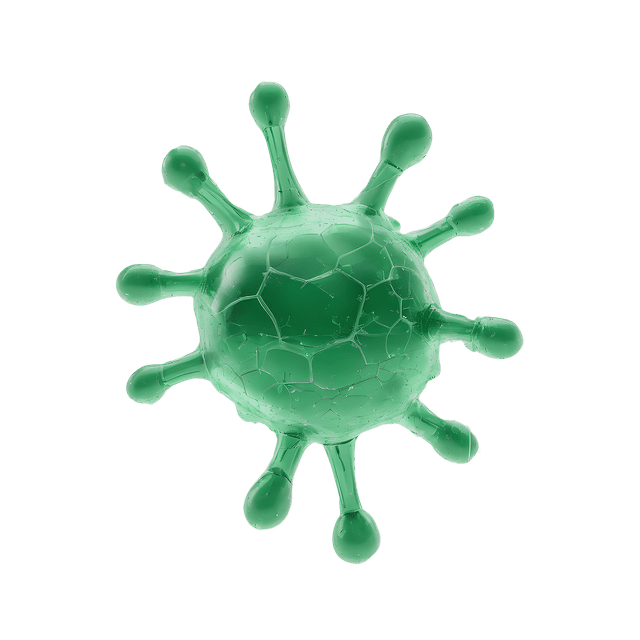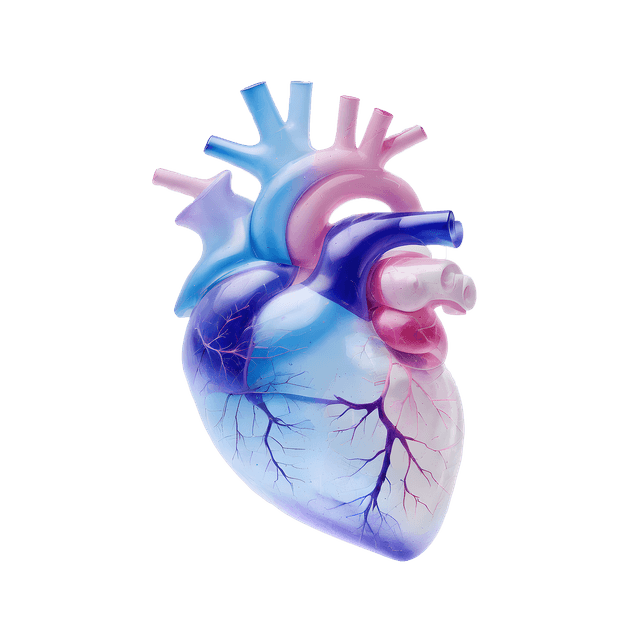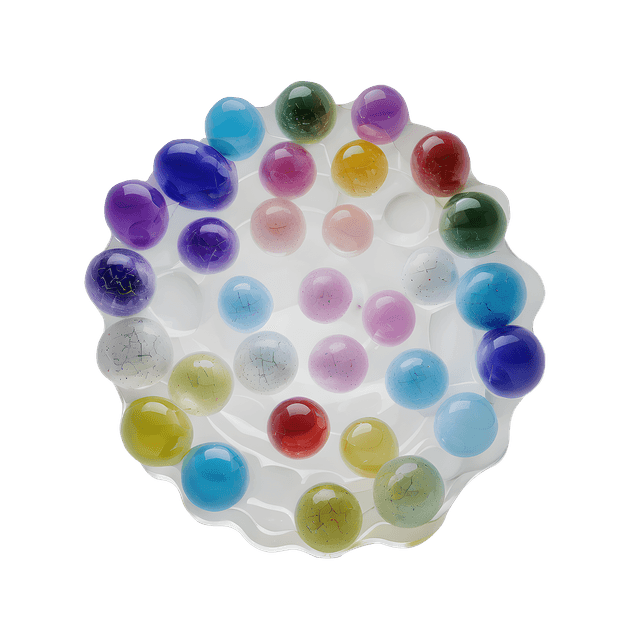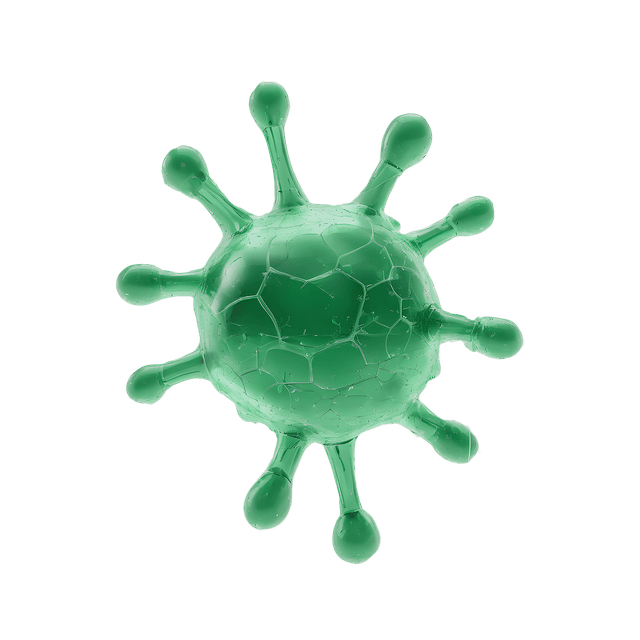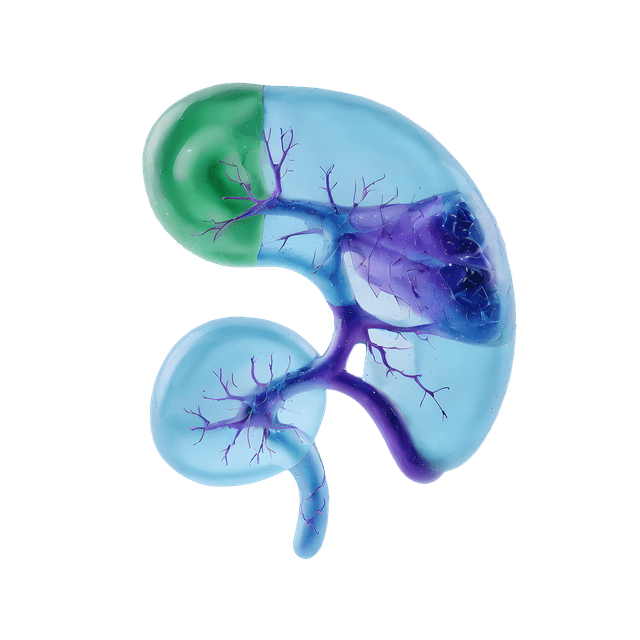Sars-CoV-2, the coronavirus
SARS-CoV-2 better known as the coronavirus that causes the disease COVID-19 belongs to a larger strain of viruses known as betacoronaviruses. Betacoronavirus is a group of RNA viruses belonging to the Coronaviridae family. There are several different types of betacoronavirus that can cause disease in both humans and animals.
The corona virus that caused the covid pandemic was first identified in Wuhan, China, in December 2019 and has since infected people all over the world. Like many other viruses, the outer envelope of the coronavirus consists of spike proteins that protrude from the surface of the virus. The spike protein attaches to the host cell and enters the cell to infect and reprogram the cell to produce and secrete more virus particles.
Covid-19 infection
COVID-19 is an infectious disease caused by the virus SARS-CoV-2. The disease is mainly spread by droplet infection, which means it can spread through coughing, sneezing and breathing. Symptoms can range from mild to severe and may include fever, cough, fatigue, shortness of breath, muscle and joint pain, headache, loss of smell or taste, and other symptoms. Many people can have an asymptomatic infection and spread the disease without having any symptoms at all, which is a major reason for the extensive spread of infection worldwide.
There is still much that scientists are trying to understand about why SARS-CoV-2 causes serious illness and death. But there are some factors that may have contributed to the virus's high lethality:
- SARS-CoV-2 is a completely new strain of virus that humans have not been exposed to before. This means that people's immune systems have not developed immunity to the virus, which makes it easier for the virus to spread and cause serious illness.
- High contagiousness: SARS-CoV-2 is highly contagious and can spread from person to person through droplet infection, which means it can spread easily through coughing and sneezing. This has meant that the virus has been able to spread all over the world in a short time and caused a pandemic.
Analysis methods to identify SARS-CoV-2
To identify an ongoing infection or that a person is carrying the virus, there are several analysis methods available. The choice of assay depends primarily on availability, cost and the clinical purpose of the testing:
- RT-PCR (Reverse Transcription Polymerase Chain Reaction): RT-PCR is the most common analysis method for identifying SARS-CoV-2. This test is used to identify the genetic information from the virus, which may indicate an active infection. The test requires a sample from the nasopharynx or throat, and it usually takes a few hours to get the results.
- Antigen tests: Antigen tests are used to detect specific proteins on the surface of the SARS-CoV-2 virus. This test method is faster than PCR test and results can be obtained in minutes. The test is performed by taking a sample from the nose or throat.


